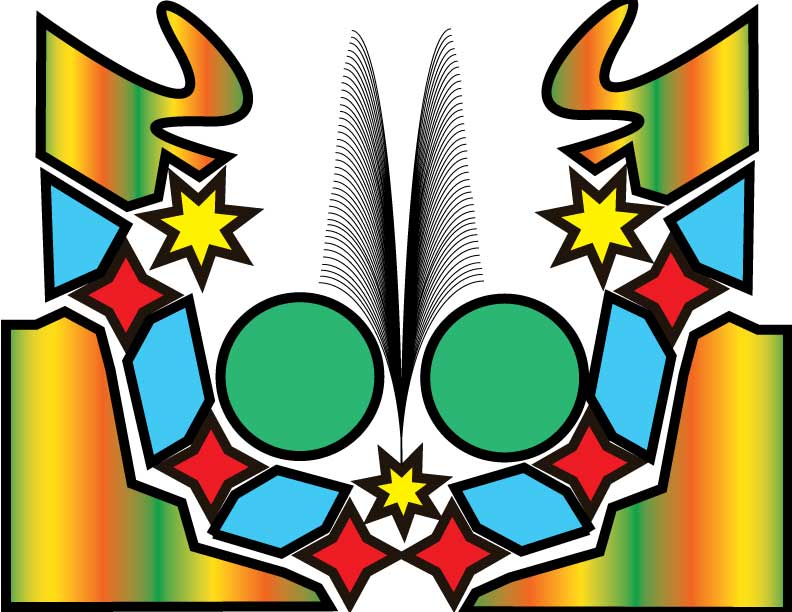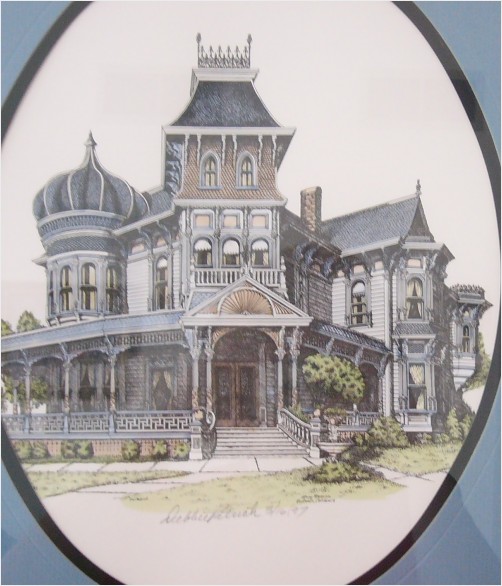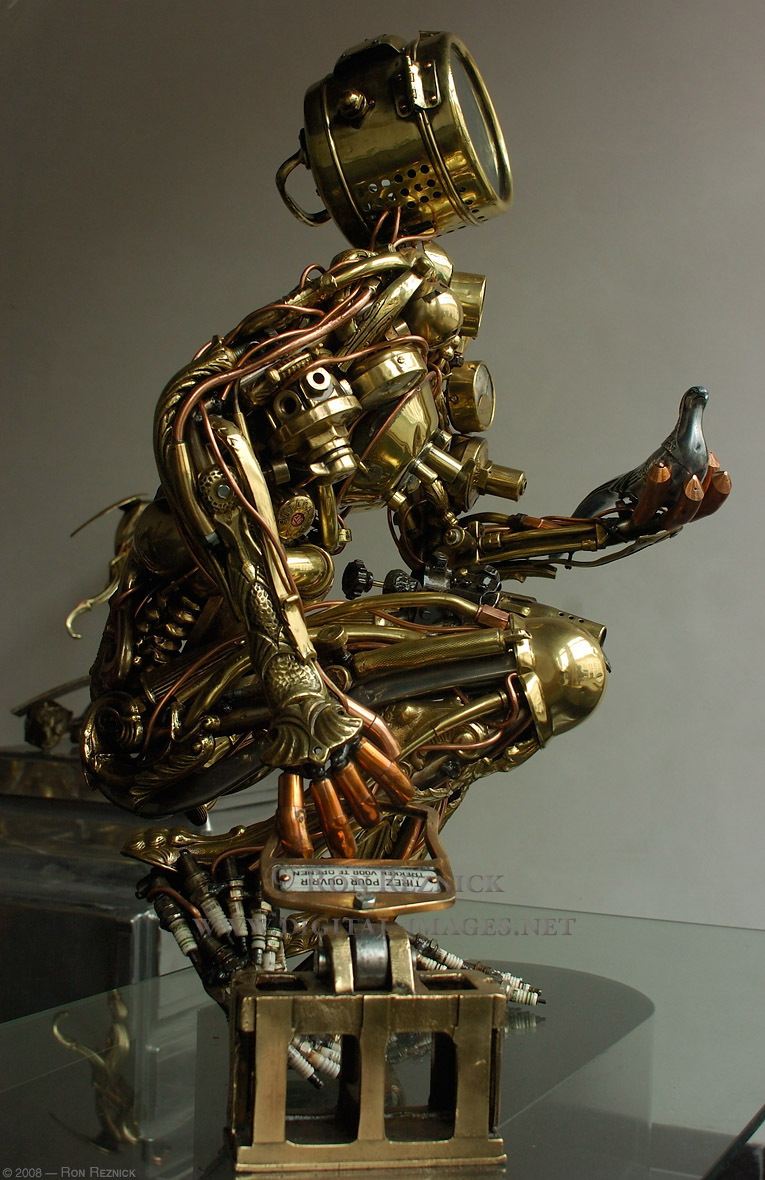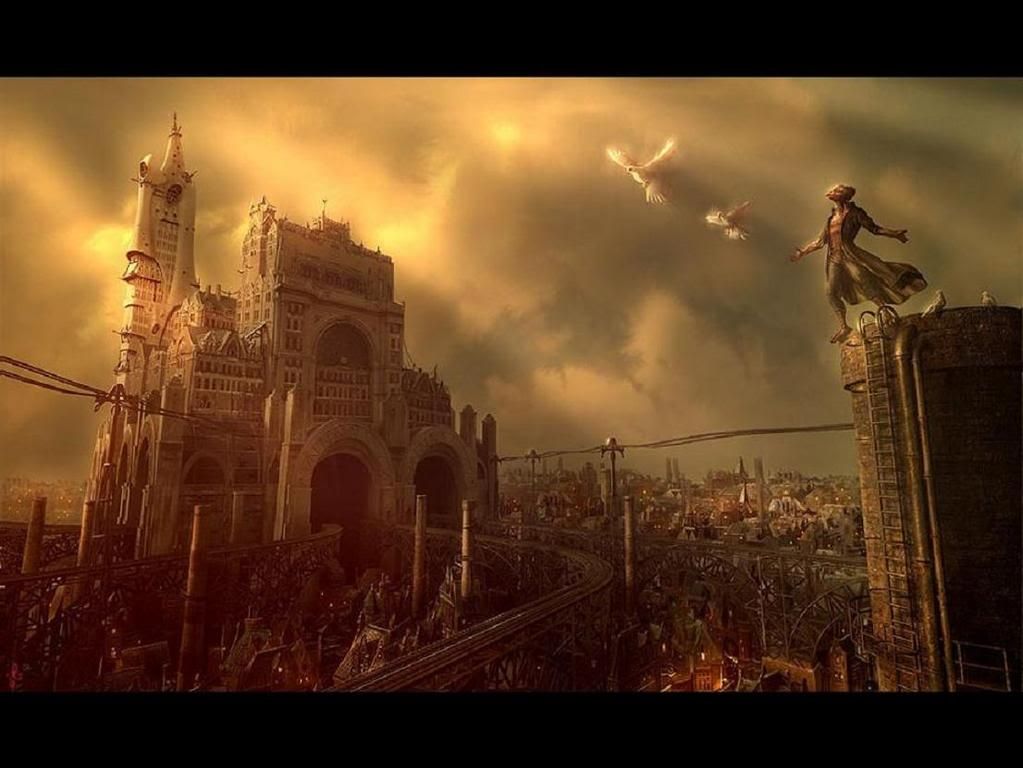A Man Who Doesn't Know What Gestalt Is/Are, Is A Failure As A Designer...
Founded by the Germans, (Max Wertheimer, Wolfgang Kohler, and Kurt Koffka.) Gestalt Principles a.k.a "Law of Simplicity" helps the human eye to perceive complex visual which consists of many groups of elements in the background as a whole. The word Gestalt itself means 'shape' or 'form' in German. It's psychological term means 'unified whole'.
For this latest project, my group members and I were required to portray our understanding of Gestalt Principles in a video format. But, before we show you the video, let us give you a hindsight about what we've learnt and incorporated into our video...
 |
| From : http://yusylvia.wordpress.com/ |
The main principle that is easy to understand is none other than FIGURE & GROUND. Interesting as it is, the human eye naturally perceives the silhouette or form as figure, while ground is the area surrounding it. To make things easier, here's what it means:
Look at the picture above. Can you tell which is the figure/ground? Well, the two ladies & the grass is the figure while the blue sky behind is the ground.
| From : http://kevinlai2208.blogspot.com/2011/10/assignment-6-visual-analysis.html |
 |
| From : http://jour273.wordpress.com/2012/09/27/harden-post-3-gestalt-principles/ |
These posters applies the Figure/Ground concept as well. As you can see, this principle is widely used in a majority of designs and it's almost commonplace but, at the same time it will never be boring to look at. Next time, look around you and you will find that this principle is applied in your everyday life. EX : posters, signs, book covers, parking areas etc...
Next Stop, CLOSURE. This principle is particularly interesting too because it reveals how our mind perceives images that are incomplete. At the same time, just by seeing a section/part of the image and your mind is able to complete it. This is what I mean.
 |
| From : http://www.ehow.com/info_8638378_gestalt-laws-invariance.html |
Even without seeing the full-picture, you know what it is right? It's a dog, or rather a puppy. That's what it means by Closure. Your mind is completing the image for you because it's something that you have encountered before.
 |
| From: http://megaskywalker.blogspot.com/2011/02/gestalts-theory.html |
Now this image below, combine both Figure & Ground and Closure Principle.
The White 'MSSNG' Word is the Figure while the Dark Turquoise Background is the Ground. On the other hand, 'MSSNG' itself is using Closure Principle. Why? Because your mind automatically interprets it as 'Missing', with the I's intact, when obviously it isn't.
Then, we have Proximity. This principle happens when several (similar) elements are placed close together and at one glance, your eyes perceive it as a group.
 |
| From : http://brendoissavvy.wordpress.com/2011/10/26/gestalt-principles/ |
Realize how the artist has used proximity to create the form of a woman by using the shapes of birds? They are placed close together but not exactly touching in other to create that sense of proximity.
 |
| From : http://bcmontgomerydesign.blogspot.com/2011/10/2-gestalt-principles.html |
This painting also has a sense of proximity by using only dots of paint to create the image you see.
Another Gestalt Principle is...Similarity. Well, what can we say about this? It's just as it means with the elements being repeated in the same fashion that people perceive them as a group/pattern.
 |
| From : http://itsjadecarmenliang.wordpress.com/2012/08/14/gestalts-principles-similarity/ |
See the Similarity?
This Similarity Principle Would Be Easier To Understand. You can see the repetition of circles and squares easily...
NOW, DID YOU KNOW THAT CONTINUITY IS MADE UP OF BOTH PROXIMITY AND SIMILARITY?
Here's an example:
Notice how there is a similarity of the shapes? And how they have elements that you can perceive as a group? Well, this is a perfect combination of similarity and proximity to create continuity. Basically, continuity exists when your eye is forced to move through one object to another, as if there is a force pulling it to move/go wherever it takes the eye...
 |
| From : http://www.rachelcresswell.com/portfolio/surrey.htm |
 |
| From : http://knayman.tumblr.com |
Can you guess where' s the continuity in this poster above?
To summarize it all, this is just a recap of what we have learnt for Gestalt and it's safe to say that all designs would have at least a Gestalt Principle applied into it, especially for mass media advertisements, such as cinematography posters and book covers. Even illustrations and certain drawings/paintings acquire this principle and other design principles as well.
To Know Additional Info About Cool Graphic Designers and etc, check out this tumblr page. I think that what this author talks about is really amazing, in the sense that she researches about graphic designers that have designed many famous & interesting things that I have not known until after reading her posts.
HERE'S OUR VERSION IN VIDEO FORMAT! ENJOY!






























































